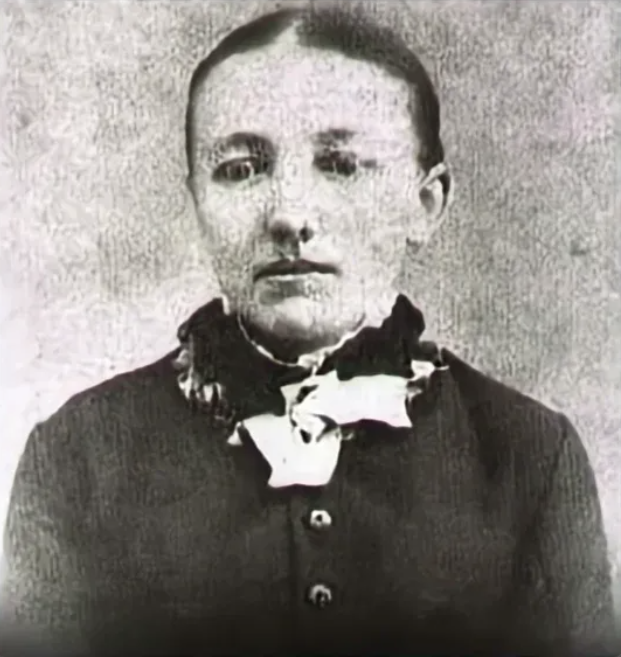
Mary Amelia Ingalls was fourteen when she lost her sight. One day, the prairie stretched before her in all its wild beauty—endless grass, wide sky, the small house her family had built with their own hands. The next, darkness.
For a girl growing up on the rugged frontier, blindness wasn’t just a personal tragedy. It was a potential death sentence. Life on the prairie required constant vigilance, physical labor, the ability to navigate danger. How could someone who couldn’t see survive in a world that demanded so much just to stay alive?
Mary could have given in. Could have accepted that her life was over before it really began. Could have resigned herself to dependence, to sitting in corners while others lived. Many people in her situation would have. Many did.
But Mary never gave in.
She made a decision that would define the rest of her life: she would not let blindness determine what she was capable of. She would find another way to live fully, to contribute, to matter.
She enrolled at the Iowa College for the Blind, one of the few places in America at that time that believed blind people could be educated, could learn skills, could become independent. For a frontier family, sending Mary away to school was a sacrifice. But it was also an investment in her future—in the possibility that she could build a life beyond what anyone expected.
At the college, Mary learned to read Braille, to navigate spaces without sight, to do practical work that could support her. She studied. She persevered. She refused to be defined by what she’d lost and instead focused on what she could still do.
When she returned home, she didn’t return broken. She returned equipped. Ready. Determined to show that blindness hadn’t made her less—it had simply made her different.
Mary’s story is one that history almost forgot. She lived in the shadow of her more famous sister, Laura Ingalls Wilder, whose books about frontier life became American classics. But Mary’s quiet courage deserves its own recognition.
She redefined what it meant to be strong. Strength wasn’t about physical power or perfect vision. It was about adapting. About refusing to quit when the world told you that you should. About finding independence in a time and place where independence for a blind woman seemed impossible.
Looking at her photograph, you see a young woman with a direct gaze—even without sight, there’s dignity in her posture, determination in her expression. She’s not asking for pity. She’s not performing weakness. She’s simply present, proof that she survived and more than that, that she thrived in her own way.
Mary’s resilience speaks to something universal. We all face moments when circumstances try to define us, when loss threatens to become our entire story. Illness, disability, trauma, failure—any of these can feel like the end of the life we imagined.
But Mary teaches us that the story doesn’t end there. That we can grieve what we’ve lost and still choose to build something new. That limitations don’t have to mean the end of agency or purpose or joy.
She lived in a time when society had little to offer people with disabilities. There were no accessibility laws, no widespread accommodations, no cultural expectation that blind people deserved the same opportunities as everyone else. Mary had to fight for every bit of independence she gained.
And she did fight. Quietly. Steadily. Without fanfare or recognition.
She reminds us that true bravery isn’t always dramatic. Sometimes it’s just waking up every day and choosing not to give up. Sometimes it’s learning new skills when your old ones fail. Sometimes it’s building a life that looks different than you planned but is still worth living.
Mary Amelia Ingalls lost her sight at fourteen. But she never lost her vision for who she could become.